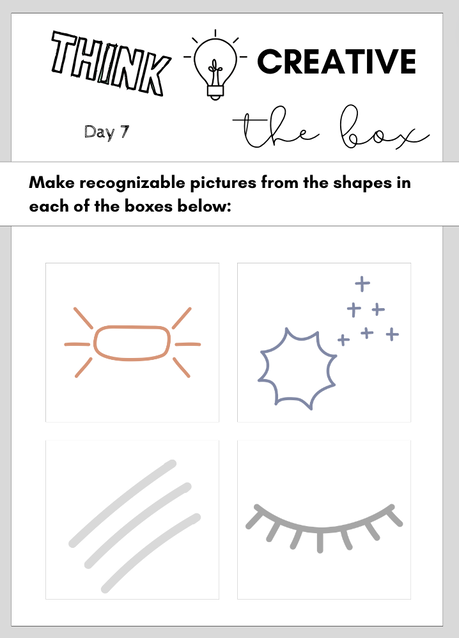Imaginative DrawingImaginative drawing plays a pivotal role in the holistic development of children, fostering creativity, cognitive skills, emotional intelligence, and even social aptitude. In the formative years of childhood, engaging in imaginative drawing serves as a powerful tool for self-expression and learning, nurturing a plethora of skills that are crucial for a child's overall growth. Firstly, imaginative drawing stimulates creativity in children. Through the exploration of various shapes, colors, and forms, children develop their ability to think outside the box. This creative thinking is not only essential for artistic endeavors but also for problem-solving in everyday life. It encourages children to approach challenges with an open mind and explore innovative solutions, a skill that is invaluable in various academic and real-world scenarios. Moreover, imaginative drawing enhances cognitive skills. As children visualize and bring their ideas to life on paper, they engage in a process that stimulates cognitive functions such as memory, attention to detail, and spatial awareness. This mental exercise contributes to the development of a child's analytical and critical thinking abilities. The act of translating thoughts into visual representations sharpens their minds and lays a foundation for future academic achievements. Additionally, imaginative drawing is a powerful medium for emotional expression. Children often find it challenging to articulate their emotions verbally, but through drawing, they can externalize their feelings. Whether it's joy, sadness, fear, or excitement, the canvas becomes a safe space for them to convey and process their emotions. This emotional intelligence cultivated through art can positively impact a child's mental well-being, aiding in the development of resilience and coping mechanisms. Furthermore, imaginative drawing nurtures fine motor skills and coordination. The intricate movements involved in holding a pencil, making deliberate strokes, and controlling the pressure on paper contribute to the refinement of motor skills. This development is not only crucial for artistic pursuits but also plays a vital role in day-to-day activities, such as writing, typing, and other hands-on tasks. Socially, imaginative drawing can serve as a bridge for communication and collaboration. When children engage in group drawing activities, they learn to share ideas, compromise, and appreciate diverse perspectives. This collaborative aspect of artistic expression lays the groundwork for effective communication and teamwork—a skill set that is essential for success in both academic and professional spheres. In conclusion, imaginative drawing is a cornerstone of childhood development. It cultivates creativity, enhances cognitive skills, fosters emotional intelligence, refines fine motor skills, and promotes social interaction. By encouraging children to express themselves artistically, we not only provide them with a means of communication but also equip them with a diverse skill set that will serve them well throughout their lives. The importance of imaginative drawing extends beyond the realm of art; it is a fundamental building block for well-rounded, resilient, and socially adept individuals. ImageNative Drawing helps kids prepare for the Google Doodle Contest, a representative contest below.
0 Comments
Leave a Reply. |
Myungja Anna KohArtist Categories
All
Archives
July 2024
|
Proudly powered by Weebly



 RSS Feed
RSS Feed